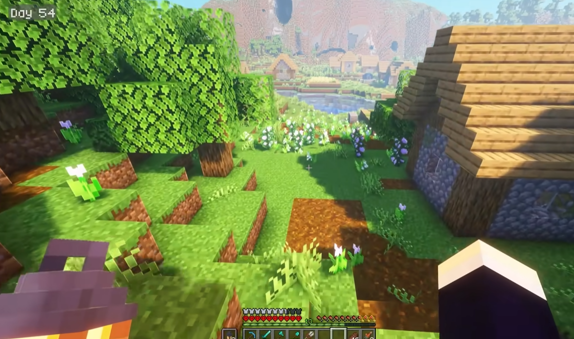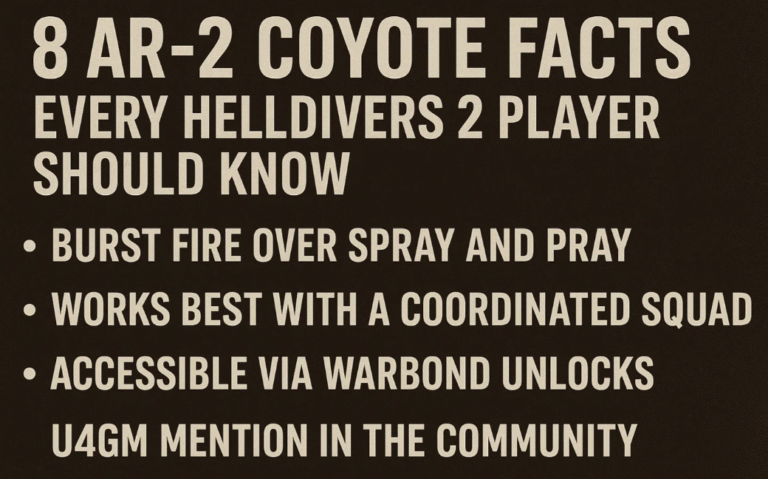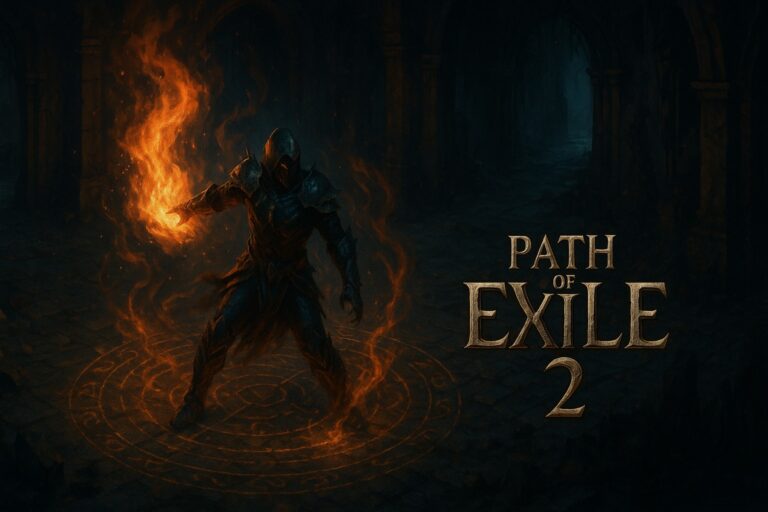
In Minecraft, building and exploring are just one part of the full experience. For players who want to go deeper, understanding the economy system—especially in multiplayer servers and realms—is a rewarding challenge. From village trading to managing player-run shops, mastering the in-game economy adds a layer of complexity that transforms casual gameplay into strategic interaction.
Understanding Minecraft Currency Systems
In most survival and multiplayer servers, currency isn’t limited to emeralds. While villagers use emeralds as the primary medium for transactions, many player-created economies use other materials like diamonds, gold ingots, or custom plugins that simulate real-world currency systems. However, when you’re playing on Bedrock Edition, Minecraft Minecoins serve as the digital currency for buying skins, texture packs, and community content.
Players who frequently interact with the Minecraft Marketplace quickly understand the importance of knowing when to buy Minecraft Minecoins to take advantage of seasonal promotions or limited-edition bundles. Budgeting your Minecoins can be just as critical as knowing how to spend your in-game emeralds with villagers.
Profiting from Villager Trading
Villager trading is the most structured form of economy in Minecraft. Each villager profession has a trade path, and some of the best deals come from leveling them up. For example, a librarian might start by trading paper for emeralds and eventually offer enchanted books. By creating automated farms—such as sugarcane for paper or carrots for emeralds—you can establish a strong foundation for consistent profits.
The trick is to understand demand and supply within your own server. Are players always looking for mending books or name tags? Focus on trading paths that generate those items and scale your operations accordingly.
Creating and Managing Player Shops
On multiplayer servers with economy plugins like EssentialsX or ShopGUI, players can set up physical or virtual shops. Here, pricing strategy becomes everything. Undercutting competitors can earn quick sales, but may devalue items over time. The key is balancing affordability with profitability. Watch market trends—are players mining netherite in bulk now? Consider selling repair tools or enchanted armor instead of raw ore.
A well-run shop doesn’t just stock items—it communicates value. Use signs, item frames, and even custom layouts to make your stall stand out. A stable supply chain, clear signage, and fair pricing will keep other players coming back.
Trading in Real-Time Markets
Some advanced servers simulate full marketplaces where item prices fluctuate based on demand. These dynamic markets can mirror stock trading systems, requiring players to time purchases and sales for profit. To succeed, pay attention to server-wide events or updates. For instance, if a new dungeon is released that requires specific gear, expect demand—and prices—for that gear to rise sharply.
Keeping some spare Minecraft Minecoins can also come in handy if you’re involved in cross-platform marketplaces, where cosmetic items or bonus packs become available during peak times. Players who know when to buy Minecraft Minecoins in advance are better positioned to grab valuable content without delay.
Mastering the Minecraft economy isn’t just about collecting emeralds or setting up a shop. It’s about understanding how players interact, what they value, and how currency flows within a server or across the Minecraft ecosystem. Whether you’re trading enchanted gear, managing a shop, or planning your next Minecraft Minecoins purchase, becoming an economy expert can transform your Minecraft world from a sandbox into a thriving marketplace.






